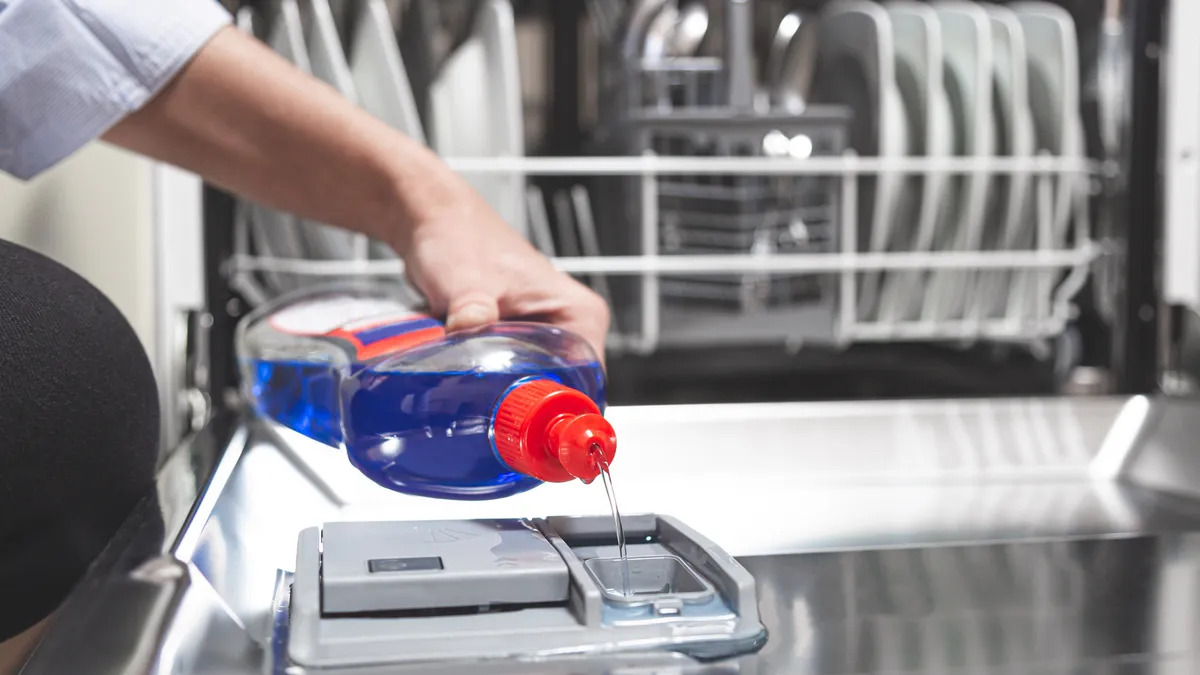

Articles
How To Use A Dishwasher With Liquid Detergent
Modified: January 6, 2024
Learn how to properly use a dishwasher with liquid detergent and get sparkling clean dishes with these helpful articles.
(Many of the links in this article redirect to a specific reviewed product. Your purchase of these products through affiliate links helps to generate commission for Storables.com, at no extra cost. Learn more)
Introduction
Welcome to the world of modern convenience – the dishwasher! Gone are the days of spending endless hours washing dishes by hand. With a dishwasher at your disposal, you can say goodbye to the tedious chore of scrubbing and drying each utensil.
Using a dishwasher can be an easy and efficient way to clean your dishes, but if you’re new to this appliance, you may have some questions on how to use it properly. In this article, we’ll guide you through the process of using a dishwasher with liquid detergent, ensuring sparkling clean dishes with minimal effort.
Before we jump into the steps, let’s briefly understand how a dishwasher works. Essentially, a dishwasher is a machine that sprays hot water and a combination of detergent onto your dirty dishes, effectively removing grease, food particles, and stains. The dishwasher uses various cycles and settings to provide different levels of cleaning intensity to suit your needs.
Now that you have a general understanding of how a dishwasher works, let’s dive into the step-by-step process of using one with liquid detergent.
Key Takeaways:
- Say goodbye to tedious dishwashing with a step-by-step guide on using a dishwasher with liquid detergent. Achieve sparkling clean dishes with minimal effort and optimal results.
- Master the art of dishwasher usage, from preparation to maintenance, for efficient and convenient dishwashing. Simplify your routine and enjoy spotless dishes effortlessly.
Step 1: Understanding your dishwasher
Before you begin using your dishwasher, it’s important to familiarize yourself with its different parts and settings. This will ensure you can use it effectively and make the most out of its features.
Start by reading the user manual that came with your dishwasher. This manual will provide valuable information about the specific model you have, including its unique features, care instructions, and troubleshooting tips. Understanding the specific functions of your dishwasher will help you optimize its performance.
Next, take a look inside your dishwasher to identify its key components. The most prominent element is the dishwasher rack, which holds your dishes during the wash cycle. It typically consists of an upper and lower rack, with prongs or grooves to hold plates, bowls, and utensils in place.
Take note of any adjustable tines or dividers that can be moved to accommodate larger items. Familiarize yourself with the positioning of the spray arms, which are responsible for spraying the water and detergent onto your dishes. Some dishwashers may also have additional features like silverware baskets, cup shelves, or specialized compartments for specific items.
Understanding the dishwasher’s control panel is also essential. The control panel consists of buttons or a digital display that allows you to select various cycles, adjust settings, and start or pause the dishwasher. Make sure to thoroughly read the labels and instructions on the control panel to fully comprehend how to operate your specific dishwasher model.
Lastly, take note of any optional settings your dishwasher may have. These settings can enhance the cleaning process or save energy and water. Common optional settings include eco-friendly modes, delay start options, half-load settings, and sanitize cycles. Becoming familiar with these options will enable you to customize your dishwasher’s performance to best suit your needs.
By understanding the different parts and settings of your dishwasher, you will feel confident and informed when using it. This knowledge will help you optimize its performance and ensure spotless dishes every time.
Step 2: Preparing the dishwasher for use
Preparing your dishwasher before each use is an important step that ensures optimal cleaning results. By following a few simple tasks, you can ensure that your dishes come out sparkling clean every time.
The first step in preparing your dishwasher is to check and clean the filter. The filter traps food debris and prevents it from circulating in the dishwasher during the wash cycle. Locate the filter at the bottom of the dishwasher, typically under the lower rack. Remove the filter according to the manufacturer’s instructions and rinse it under running water to remove any trapped debris. Make sure to reinsert the filter securely after cleaning.
Next, inspect the spray arms. These rotating arms are responsible for distributing water and detergent throughout the dishwasher. Check for any clogs or blockages in the spray arm nozzles. Use a toothpick or a small brush to remove any debris that may obstruct the spray arm’s functionality.
Once you’ve checked and cleaned the filter and spray arms, it’s time to prepare the racks. Remove any food particles or leftover debris from the racks by wiping them down with a damp cloth or sponge. Ensure that all prongs and dividers are in their correct positions to hold your dishes securely during the wash cycle.
Before loading your dishwasher with dirty dishes, give them a quick rinse to remove any excess food debris. This will help prevent clogs in the dishwasher’s drain and ensure thorough cleaning. However, avoid pre-washing or scrubbing the dishes excessively, as modern dishwashers are designed to handle the cleaning process efficiently.
Lastly, it’s important to check the water supply and ensure that the dishwasher is properly connected. Make sure the water supply valve is fully open and that there are no kinks or blockages in the water hose. If your dishwasher requires detergent, check the dispenser and ensure it is clean and free from any residue or clumps.
By following these simple preparation steps, you can ensure that your dishwasher is in optimal condition to provide the best cleaning results. Taking a few extra minutes to prepare your dishwasher will save you time and effort in the long run.
Step 3: Loading the dishwasher
Properly loading your dishwasher is key to maximizing its cleaning efficiency and ensuring that your dishes come out spotless. Follow these guidelines to make the most of your dishwasher’s capacity and to ensure thorough cleaning:
1. Scrape off excess food: Before loading your dishes into the dishwasher, scrape off any large food particles or residue. This will prevent the dishwasher’s drain from clogging and allow for better cleaning.
2. Separate and arrange: Separate your dishes into different categories, such as plates, bowls, cups, and utensils. This will make it easier to load and unload the dishwasher efficiently. Arrange the dishes in a way that allows the water and detergent to reach all surfaces, ensuring thorough cleaning.
3. Face the dirty side inward: When placing your dishes in the dishwasher, make sure to face the side with the food residue inward, towards the spray arms. This will allow for better cleaning as the water and detergent will directly reach the soiled areas.
4. Load larger items at the bottom: Place larger items such as pots, pans, and baking sheets at the bottom rack of the dishwasher. Make sure they are properly spaced to allow for water circulation and effective cleaning.
5. Utilize the rack capacity: Make use of the adjustable tines and dividers in the dishwasher’s racks to accommodate dishes of various sizes and shapes. This will help optimize the use of space and prevent items from touching each other, ensuring thorough cleaning.
6. Load cutlery safely: Place utensils such as knives, forks, and spoons in the designated cutlery basket or rack. Make sure to separate them to prevent them from nesting together, as this can inhibit proper cleaning. For better cleaning results, mix up the placement of utensils, alternating handles up and down.
7. Be mindful of delicate items: If you have delicate or fragile items, such as fine china or crystal glassware, it’s best to hand wash them to prevent any damage. Check the manufacturer’s instructions for any loading recommendations specific to delicate items.
8. Leave space for water circulation: Ensure that there is adequate space between the dishes for water and detergent to circulate freely. Overcrowding the dishwasher can obstruct the spray arms and affect the cleaning performance.
By following these loading guidelines, you can make the most of your dishwasher’s capacity and ensure optimum cleaning results. Take care to arrange your dishes properly to maximize efficiency and minimize the risk of damage.
Step 4: Adding liquid detergent
Adding the right amount of liquid detergent to your dishwasher is crucial to achieve clean and sparkling dishes. Follow these steps to properly add liquid detergent to your dishwasher:
1. Check the detergent dispenser: Start by checking the detergent dispenser in your dishwasher. The dispenser is usually located on the inside of the dishwasher door. Ensure that it is clean and free from any residue or clumps of detergent from previous cycles. If there are any obstructions, clean them out before proceeding.
2. Determine the detergent amount: Read the manufacturer’s instructions on the liquid detergent bottle to determine the appropriate amount to use for your dishwasher. The amount may vary depending on the detergent brand, dishwasher model, and the level of soiling on your dishes. Using too little detergent may result in inadequate cleaning, while using too much can lead to excess suds or residue on your dishes.
3. Measure the detergent: Use a measuring cup or the measuring lines on the detergent bottle to accurately measure the recommended amount of liquid detergent. Pour the detergent into the main detergent compartment of the dispenser, which is usually the larger one.
4. Optional: Add rinse aid: If your dishwasher has a rinse aid dispenser, consider using a rinse aid product for improved drying and spot-free results. Check the manufacturer’s instructions on the rinse aid bottle for the recommended amount, and pour it into the designated dispenser compartment.
5. Close the detergent dispenser: Once you have added the liquid detergent and any optional rinse aid, firmly close the detergent dispenser. Make sure it latches securely to prevent any detergent from spilling or leaking during the wash cycle.
6. Avoid overfilling: It’s important not to overfill the detergent dispenser with liquid detergent. Overfilling can result in excessive suds and can even damage your dishwasher. If you accidentally overfill, carefully wipe away any excess detergent before closing the dispenser.
7. Check for residue: Inspect the area around the detergent dispenser to make sure there is no detergent residue. Wipe away any spills or drips to avoid mixing detergent into the next load of dishes.
By following these steps, you can ensure that the right amount of liquid detergent is added to your dishwasher, leading to optimum cleaning results. Paying attention to the detergent measurements and properly closing the dispenser will help avoid any issues during the wash cycle. Now that you have added the detergent, it’s time to move on to selecting the appropriate cycle for your dishes.
When using a dishwasher with liquid detergent, make sure to pour the correct amount into the dispenser according to the manufacturer’s instructions. Avoid using too much detergent, as it can lead to excessive suds and poor cleaning results.
Read also: 8 Best Dishwasher Detergent Liquid for 2024
Step 5: Selecting the appropriate cycle
Choosing the right cycle on your dishwasher is crucial to ensure that your dishes are cleaned effectively and efficiently. Different cycles offer varying levels of intensity and duration, depending on the type and amount of soiling on your dishes. Follow these guidelines to select the appropriate cycle for your specific needs:
1. Read the dishwasher manual: Familiarize yourself with the available cycles and their descriptions by referring to the dishwasher manual. Each dishwasher model may have different cycle options, so it’s important to understand what each cycle offers in terms of cleaning power and duration.
2. Consider the level of soiling: Assess the level of soiling on your dishes. If your dishes have minimal food residue or are lightly soiled, a shorter and less intensive cycle, such as a “Quick Wash” or “Light Wash” cycle, may be sufficient. For heavily soiled dishes, choose a more robust cycle, such as a “Heavy Duty” or “Intensive” cycle.
3. Energy-saving options: If you want to conserve energy and water, check if your dishwasher has an energy-saving cycle. This cycle is designed to clean your dishes efficiently while using less energy and water compared to regular cycles.
4. Specialized cycles: Some dishwashers offer specialized cycles for specific types of dishes or items. For example, a “China/Crystal” cycle is designed for delicate and fragile items, while a “Sanitize” cycle uses high temperatures to kill bacteria and ensure hygienic cleaning. If you have specific items that require special care, consider using these dedicated cycles.
5. Time-saving options: If you’re short on time and need your dishes cleaned quickly, look for a “Express” or “Speed Wash” cycle. These cycles are typically shorter in duration and can provide fast cleaning for lightly soiled dishes.
6. Customizable options: Some dishwashers allow for customization of cycle parameters such as water temperature, water pressure, or additional rinses. If you have specific preferences or need extra cleaning power for certain loads, take advantage of these customizable options.
7. Delay start feature: If you want to schedule your dishwasher to start at a later time, check if your dishwasher has a delay start feature. This allows you to set a delay of a few hours or even overnight, ensuring that your dishwasher starts automatically at the desired time.
Remember, the appropriate cycle selection can vary depending on factors such as the dishwasher model, the level of soiling, and any specific requirements you may have. Experiment with different cycles to find the one that suits your needs best. Once you have chosen the cycle, it’s time to start your dishwasher!
Step 6: Starting the dishwasher
Starting your dishwasher is a straightforward process that marks the beginning of the automated cleaning cycle. Follow these simple steps to initiate the cleaning process:
1. Ensure proper loading: Double-check that all dishes are properly arranged and loaded in the dishwasher. Make sure that there are no items obstructing the spray arms or preventing the detergent from being dispensed.
2. Close the dishwasher door: Firmly close the dishwasher door, ensuring that it latches securely. Most dishwashers have a safety feature that prevents the cycle from starting if the door is not closed properly.
3. Select the cycle: Refer to Step 5 to determine the appropriate cycle for your load. Use the control panel buttons or digital display to select the desired cycle. If your dishwasher has customizable options, adjust the necessary parameters (e.g., water temperature, additional rinses) according to your preferences.
4. Optional: Activate additional features: If your dishwasher offers additional features such as extra drying, half-load mode, or sanitize options, activate them as needed. These features can enhance your dishwasher’s performance to meet your specific requirements.
5. Press the start button: Once you have selected the cycle and any desired additional features, locate the start button on the control panel. Press the start button to initiate the cleaning cycle. Some dishwashers may have a delay start feature, allowing you to schedule the cycle to begin at a later time.
6. Monitor the cycle: After starting the dishwasher, keep an eye on the progress indicator or timer on the control panel. This will give you an idea of the remaining cycle time. Take note that the duration of the cycle can vary depending on the selected cycle and the dishwasher model.
7. Avoid opening the door during the cycle: Once the dishwasher is running, it’s best to avoid opening the door unless absolutely necessary. Opening the door may interrupt the cycle and release steam, potentially causing moisture to settle on your dishes or affecting the cleaning process.
8. Wait for the cycle to complete: Allow the dishwasher to complete the full cycle before unloading the clean dishes. Dishwashers typically have an indicator light or a beep to signal the end of the cycle. The drying process may continue for some time after the cleaning cycle is complete.
By following these steps, you can start your dishwasher with confidence, knowing that your dishes are on their way to being thoroughly cleaned. Sit back, relax, and let your dishwasher do the work for you!
Step 7: Unloading the dishwasher
Once the dishwasher cycle is complete, it’s time to carefully unload your freshly cleaned dishes. Follow these steps for a smooth and efficient unloading process:
1. Wait for the cool-down period: Dishwashers often have a cool-down period after the cleaning cycle to allow the dishes to cool down and the steam to dissipate. It’s best to wait a few minutes before unloading to prevent any accidental burns.
2. Open the dishwasher door: Once the cool-down period is over, carefully open the dishwasher door. Be cautious as there may still be residual heat and steam inside.
3. Start with the bottom rack: Begin unloading the bottom rack first. Remove plates, bowls, pots, and other larger items first. It’s generally easier to unload the bottom rack before moving on to the upper rack.
4. Handle fragile items with care: If you have delicate items such as glassware or fine china, handle them with extra care. Inspect each item for any lingering signs of water or detergent residue.
5. Take out the silverware: Next, remove the silverware from the designated basket or rack. Check each utensil for any remaining food particles or spots that may require additional cleaning. Place the silverware in your utensil drawer or organizer.
6. Unload the upper rack: Once the bottom rack is cleared, move on to unloading the upper rack. Remove cups, glasses, and smaller items. Check them for any leftover residues or water spots.
7. Inspect the dishwasher interior: After emptying the racks, take a moment to inspect the dishwasher interior. Check for any leftover food particles or debris. Wipe down the interior with a damp cloth if necessary.
8. Put away the dishes: Finally, place the clean dishes in their designated storage locations. Make sure to stack plates, bowls, and other items neatly to maximize space in your cabinets or shelves.
9. Clean the filter: Once the dishwasher is empty, take the time to clean the filter. Remove it according to the manufacturer’s instructions and rinse it under running water to remove any trapped debris. Reinsert the filter securely before closing the dishwasher door.
By following these steps, you can efficiently unload your dishwasher, ensuring that your dishes are safely stored and ready for future use. Take care to handle fragile items gently and inspect each piece for any remaining residue. With a little organization, your dishwashing routine will be quick and hassle-free.
Step 8: Maintenance tips
Maintaining your dishwasher is essential for its longevity and optimal performance. By following these maintenance tips, you can ensure that your dishwasher continues to provide clean and efficient dishwashing results:
1. Clean the dishwasher regularly: Regularly clean the interior of your dishwasher to prevent any buildup of food particles, soap residue, or mineral deposits. Wipe down the interior walls, door, and racks with a damp cloth or sponge. You can also use a dishwasher cleaner or a mixture of vinegar and water to remove any stubborn stains or odors.
2. Check and clean the spray arms: Inspect the spray arms to ensure that the spray holes are free from any blockages. Use a toothpick or small brush to remove any debris that may hinder water flow. Proper water circulation is essential for effective cleaning.
3. Keep the dishwasher filter clean: Clean the dishwasher filter regularly to prevent clogs and ensure optimal performance. Refer to your dishwasher’s manual for instructions on how to remove and clean the filter. Rinse it under running water to remove any trapped debris and reinstall it securely.
4. Maintain the seals and gaskets: Check the seals and gaskets around the dishwasher door for any signs of wear or damage. Clean them with a mild detergent and water if needed. Damaged seals and gaskets may cause water leakage, affecting the dishwasher’s efficiency.
5. Inspect and clean the detergent dispenser: Regularly check the detergent dispenser for any residue or clumping that may hinder the proper dispensing of detergent. Clean it with a damp cloth or sponge to ensure smooth operation.
6. Check the water supply and drainage: Regularly inspect the water supply and drainage systems to make sure there are no leaks, kinks, or blockages. Ensure that the water supply valve is fully open and that the drain hose is properly connected and free from any obstructions.
7. Run a monthly maintenance cycle: Once a month, run an empty dishwasher cycle with a dishwasher cleaner or a mixture of vinegar and water. This will help remove any mineral deposits, limescale, or detergent residue that may have accumulated over time.
8. Use the dishwasher regularly: Running your dishwasher regularly helps prevent the buildup of residues and ensures the proper functioning of its components. Even if you have smaller loads, regularly using the dishwasher will help keep it in good working condition.
By incorporating these maintenance tips into your routine, you can prolong the lifespan of your dishwasher and maintain its optimal performance. Regular cleaning and upkeep will ensure that your dishes are consistently cleaned to perfection.
Conclusion
Using a dishwasher with liquid detergent can significantly simplify your dishwashing routine, saving you time and effort while ensuring sparkling clean dishes. By following the step-by-step guide outlined in this article, you can achieve optimal results and maintain the performance of your dishwasher.
Understanding your dishwasher and its various components, such as the filter, spray arms, and control panel, is crucial for proper usage. Taking the time to prepare and load the dishwasher correctly sets the foundation for efficient cleaning. Adding the right amount of liquid detergent and selecting the appropriate cycle ensures thorough cleaning while considering specific needs and preferences.
Starting the dishwasher and patiently waiting for the cycle to complete is the next step, allowing the appliance to work its magic on your dirty dishes. Unloading the dishwasher with care ensures that your clean dishes are handled properly and stored in their designated places.
Maintaining your dishwasher through regular cleaning and upkeep is vital for its longevity and consistent performance. By following the maintenance tips provided in this article, you can keep your dishwasher in excellent condition, preventing clogs, leaks, and odors.
In conclusion, using a dishwasher with liquid detergent simplifies the dishwashing process, and by following the steps outlined in this guide, you can achieve optimal cleaning results. Take advantage of the convenience that dishwashers offer and enjoy clean, sparkling dishes with minimal effort.
Frequently Asked Questions about How To Use A Dishwasher With Liquid Detergent
Was this page helpful?
At Storables.com, we guarantee accurate and reliable information. Our content, validated by Expert Board Contributors, is crafted following stringent Editorial Policies. We're committed to providing you with well-researched, expert-backed insights for all your informational needs.
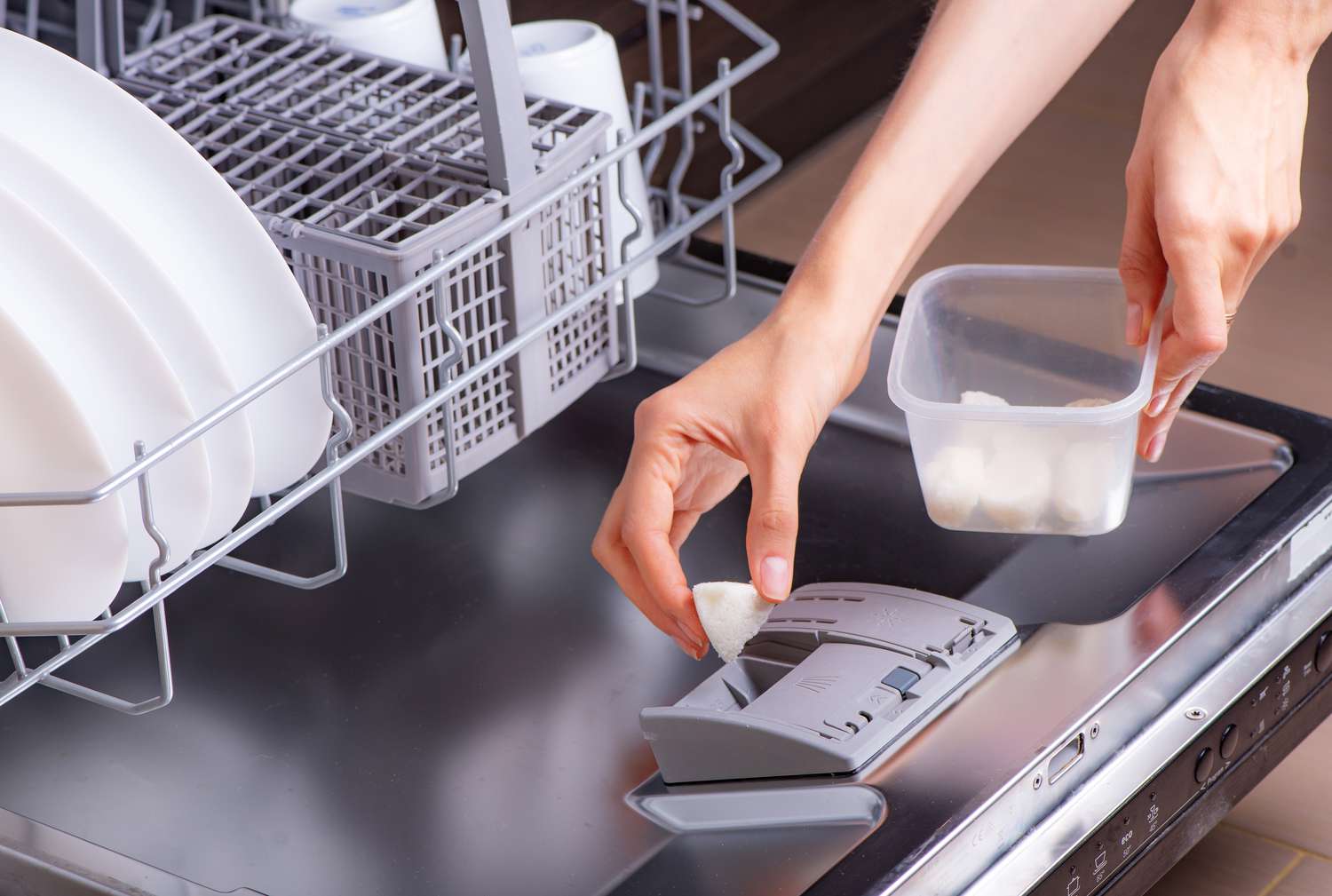
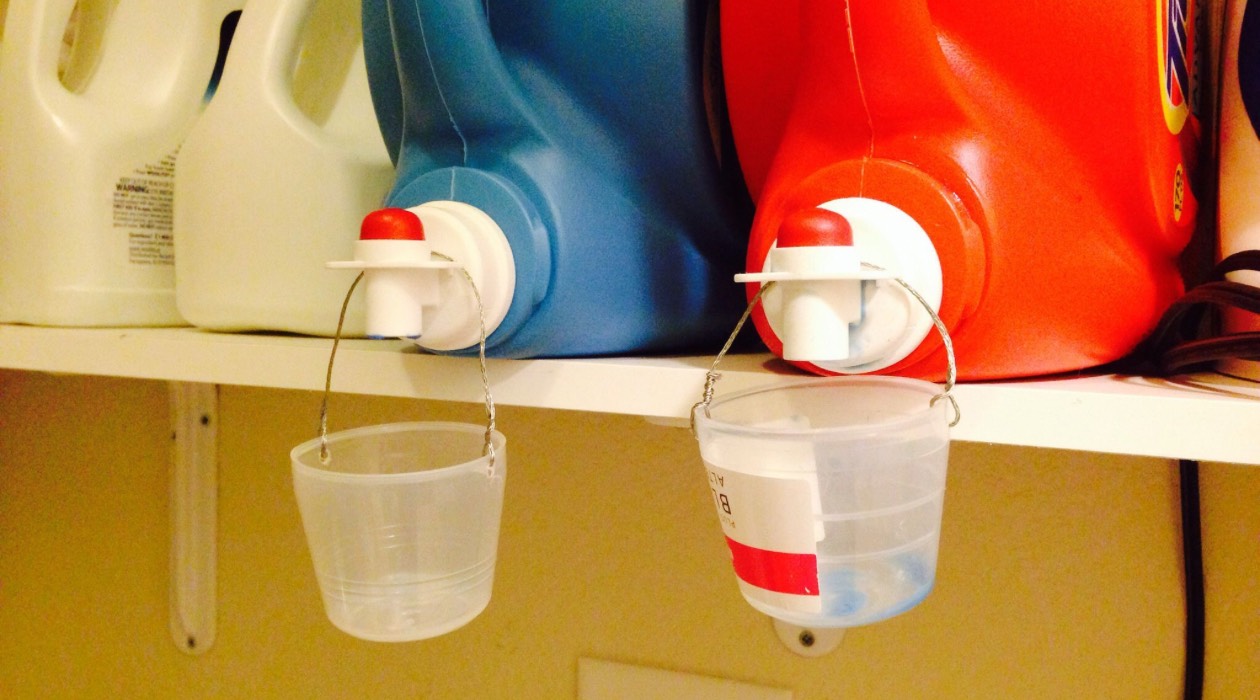
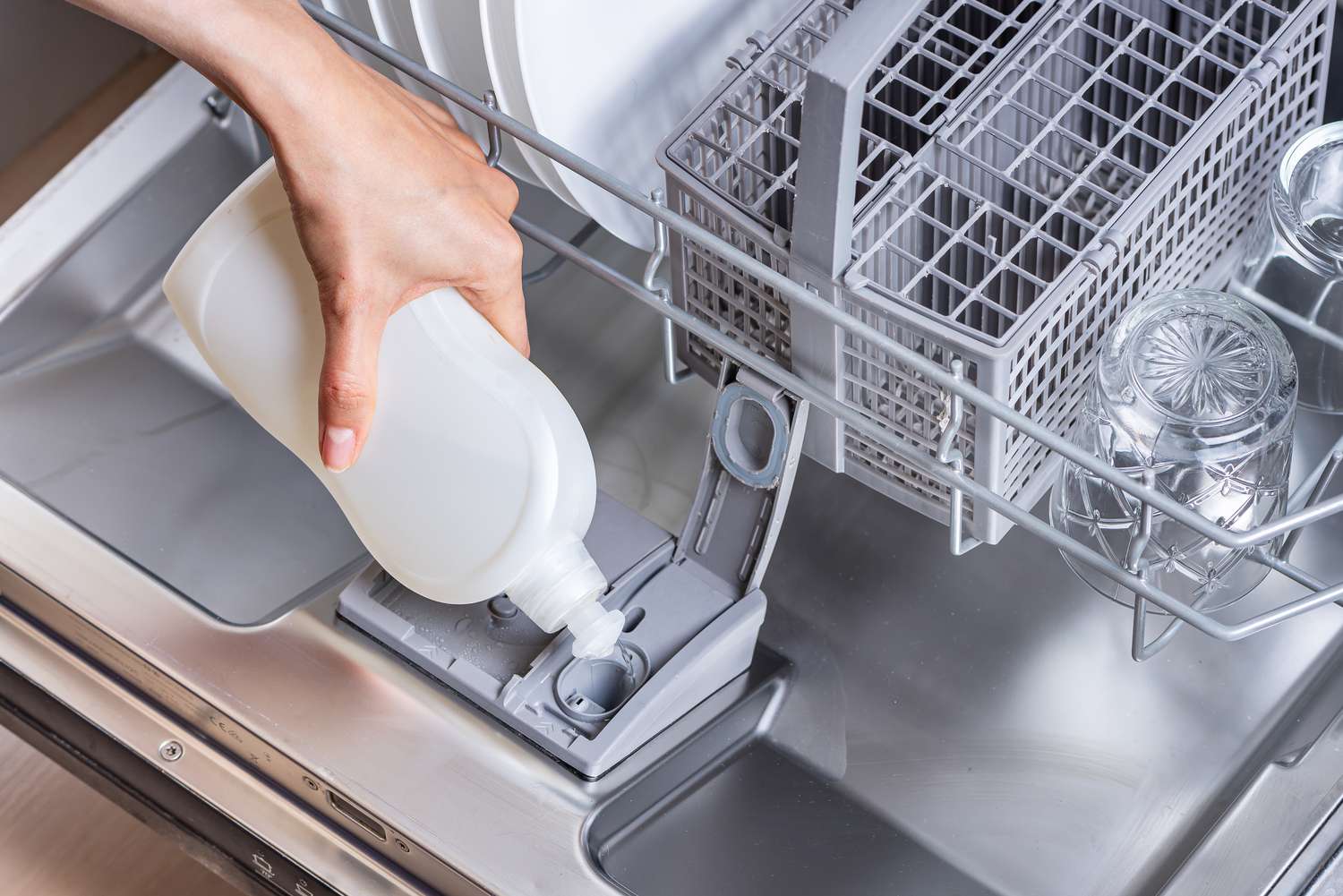
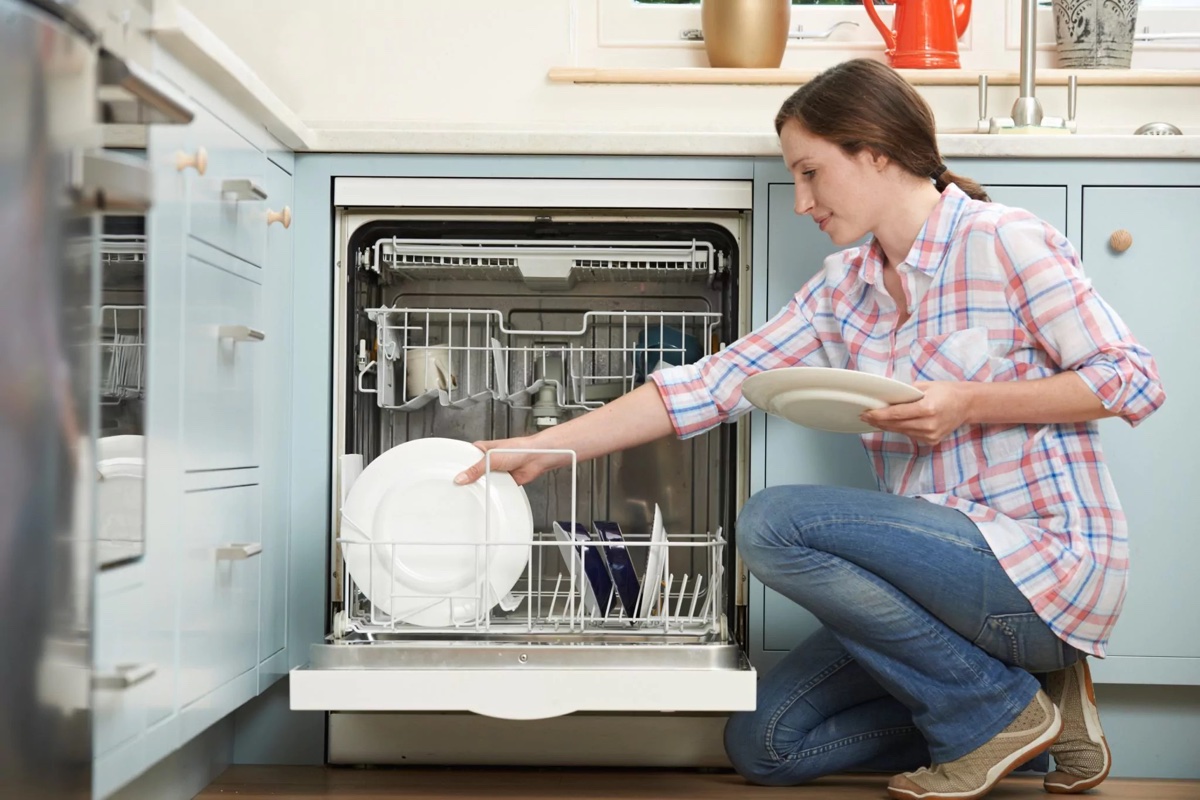

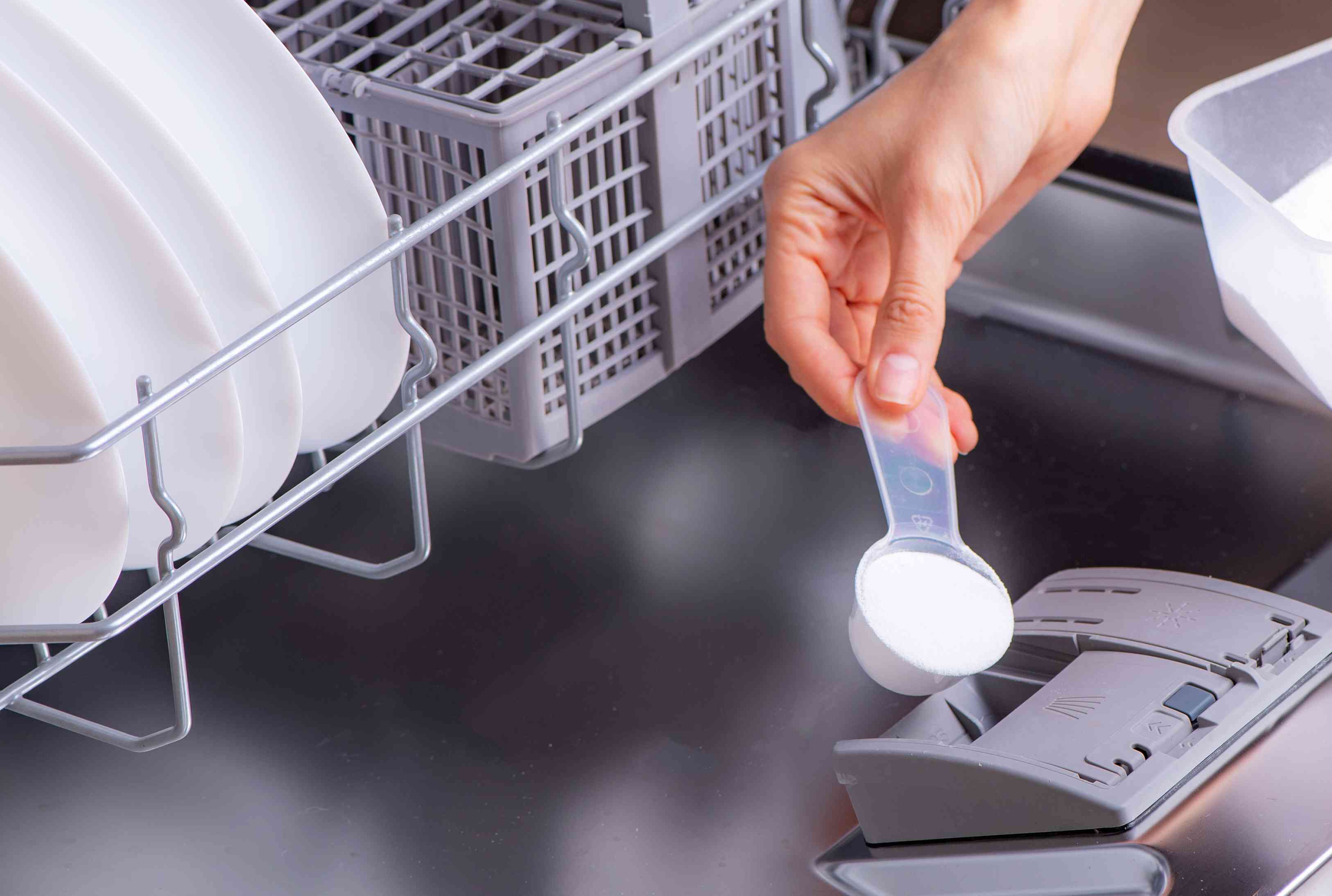
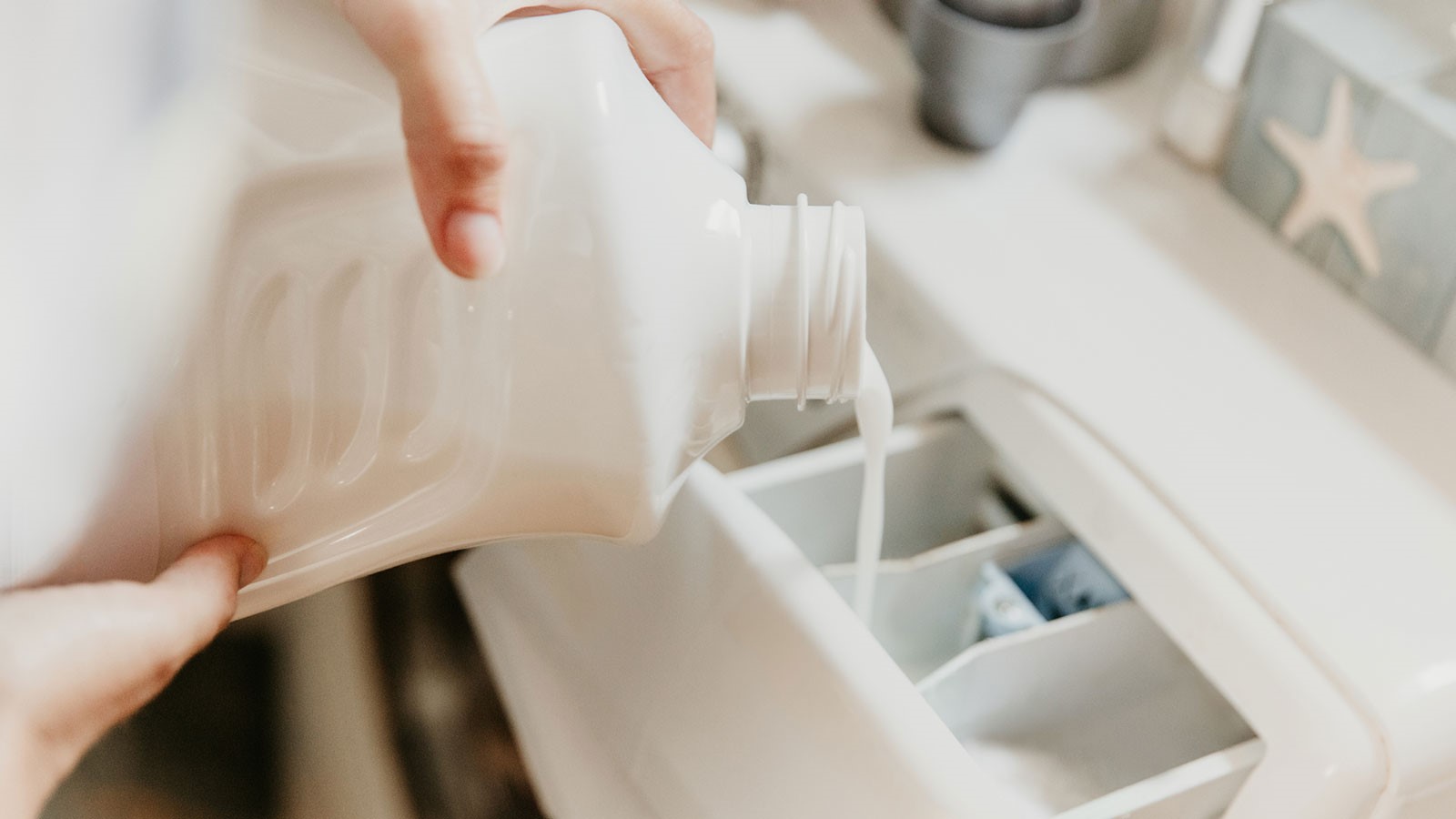
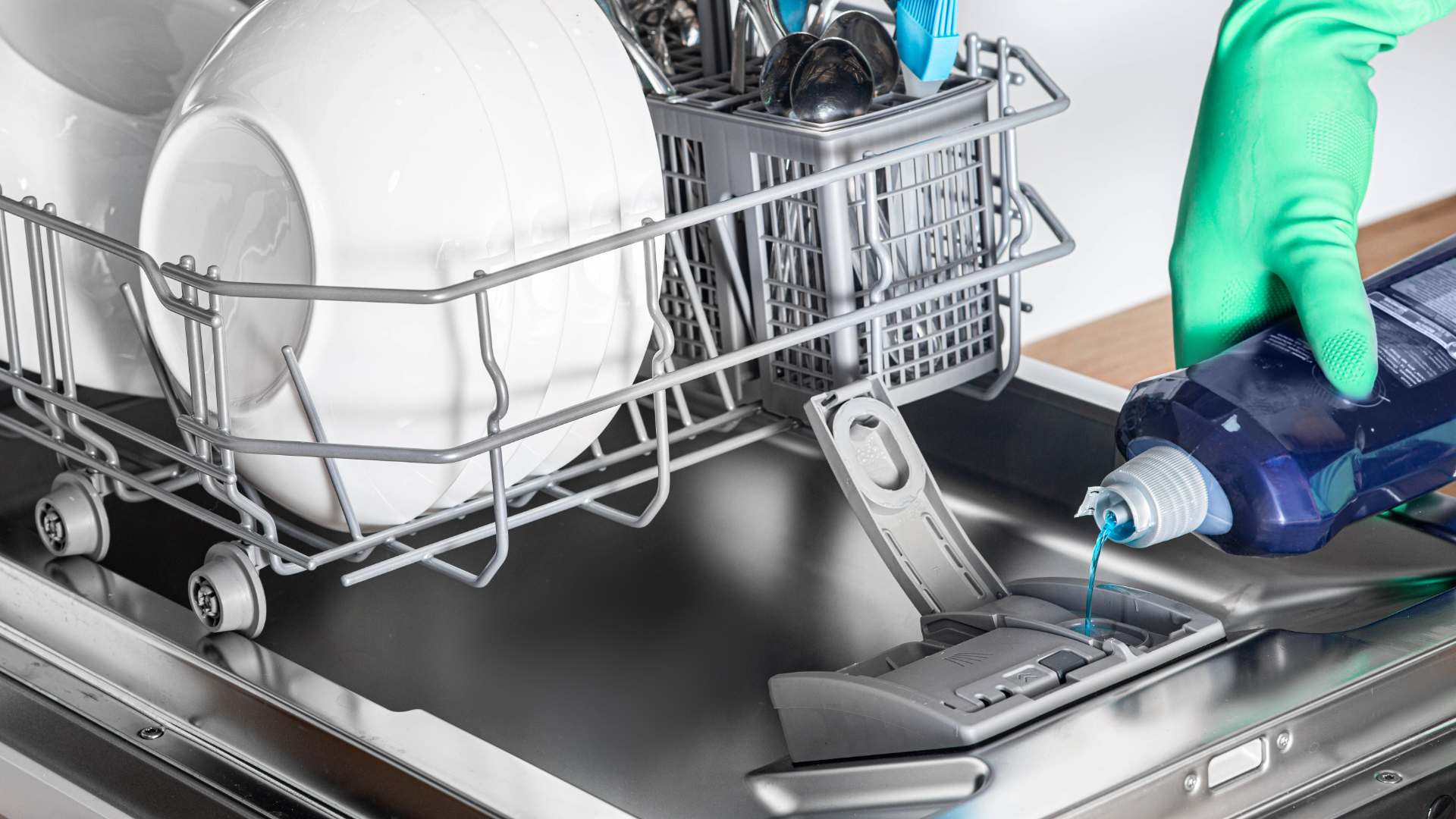
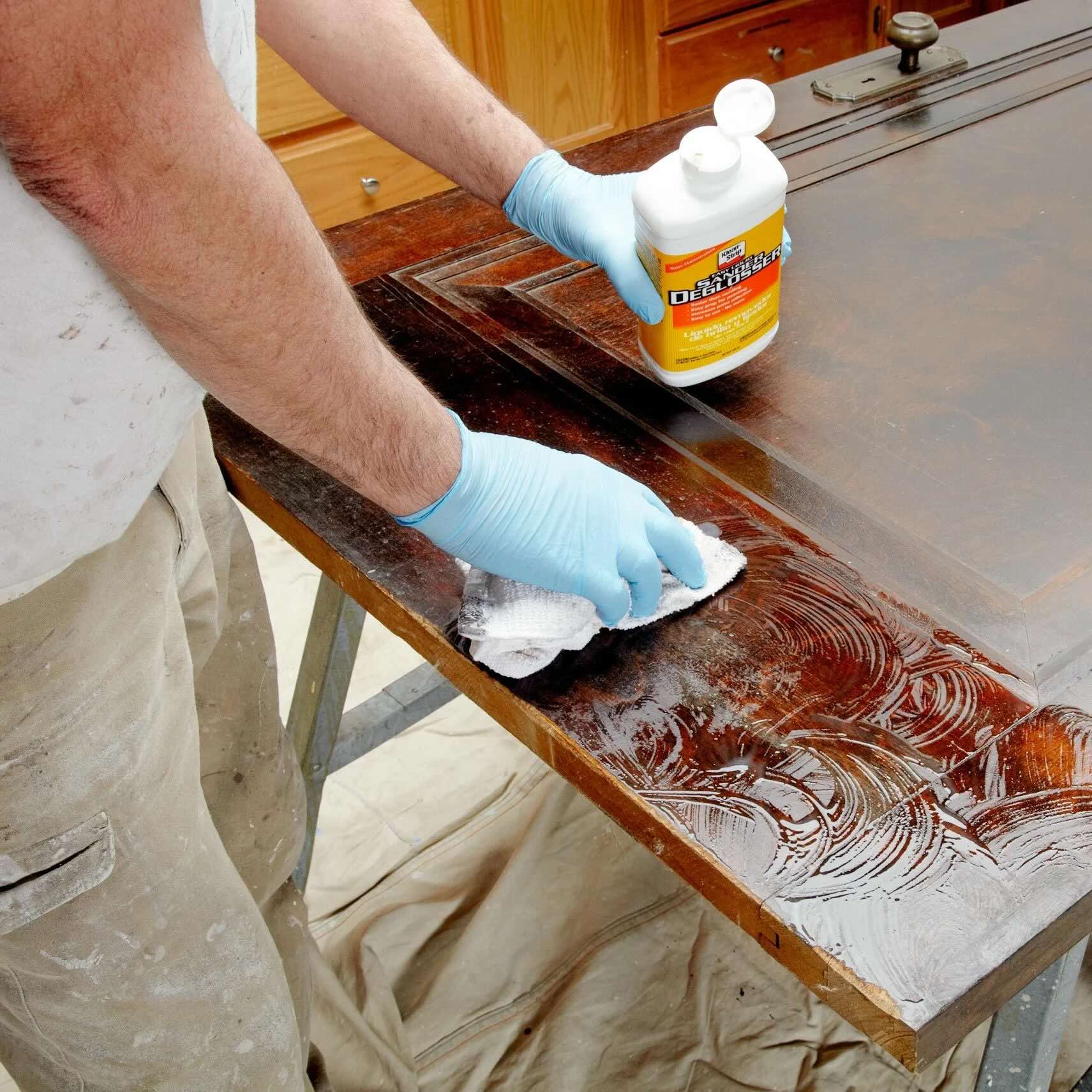
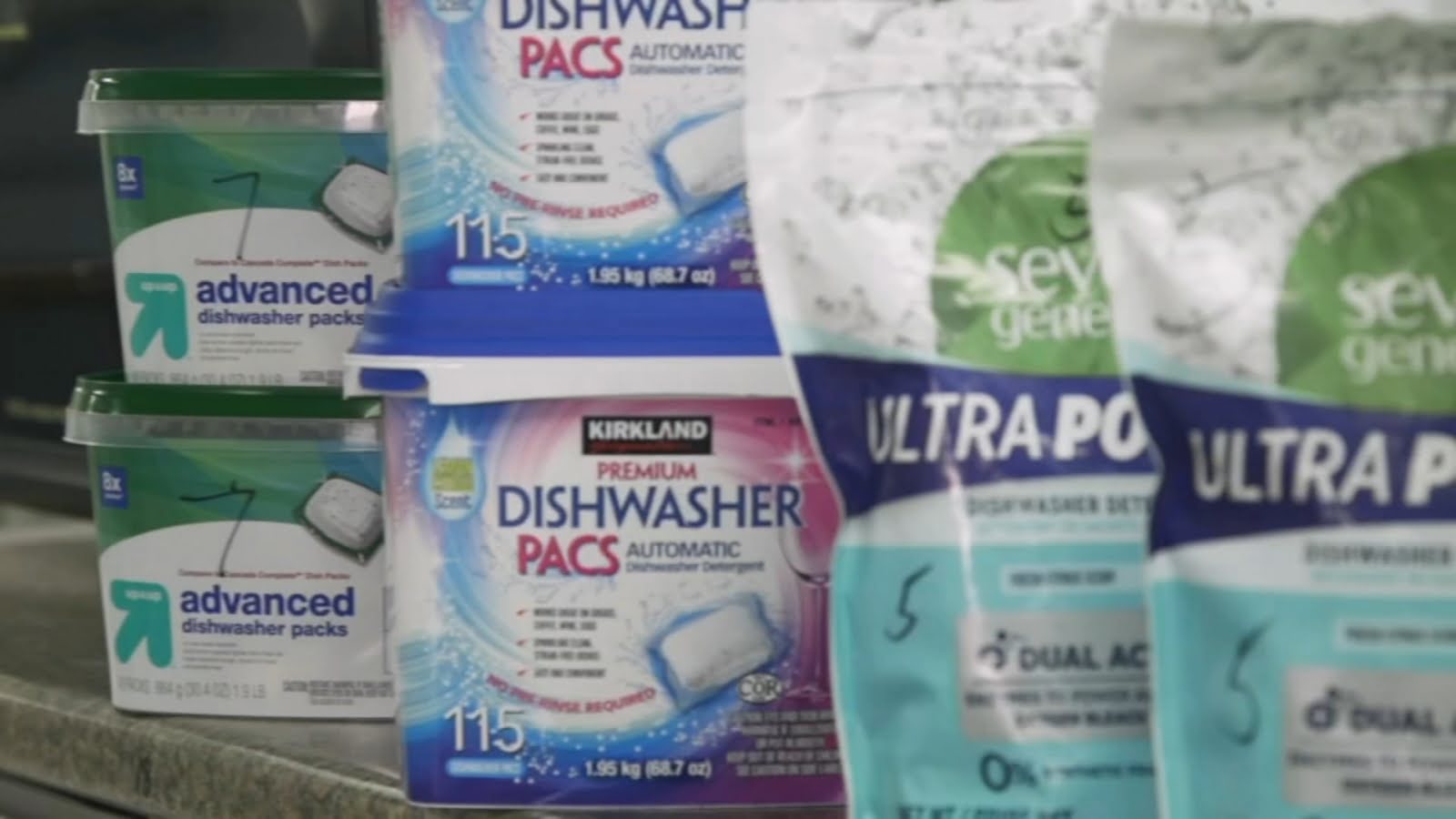
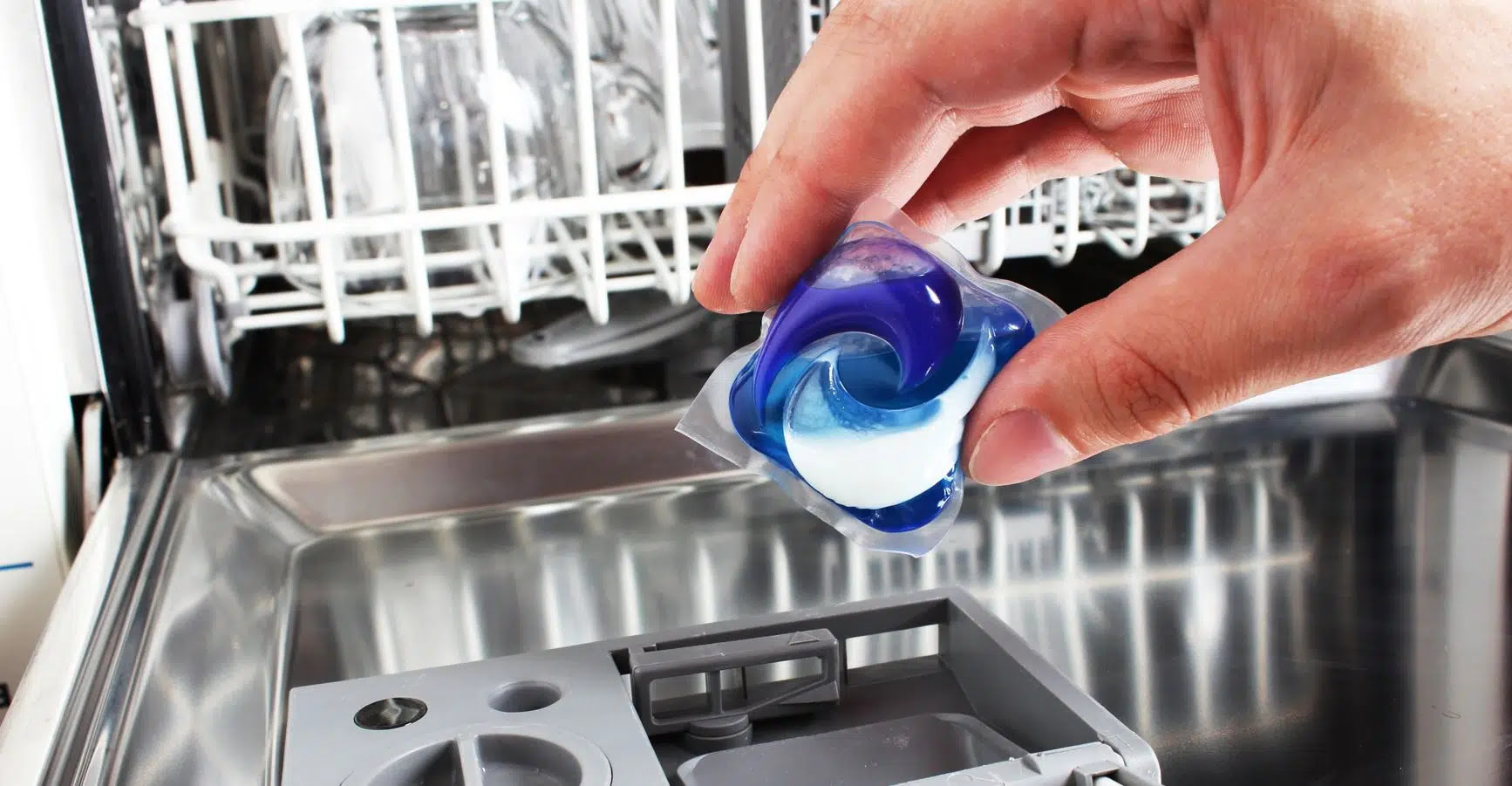
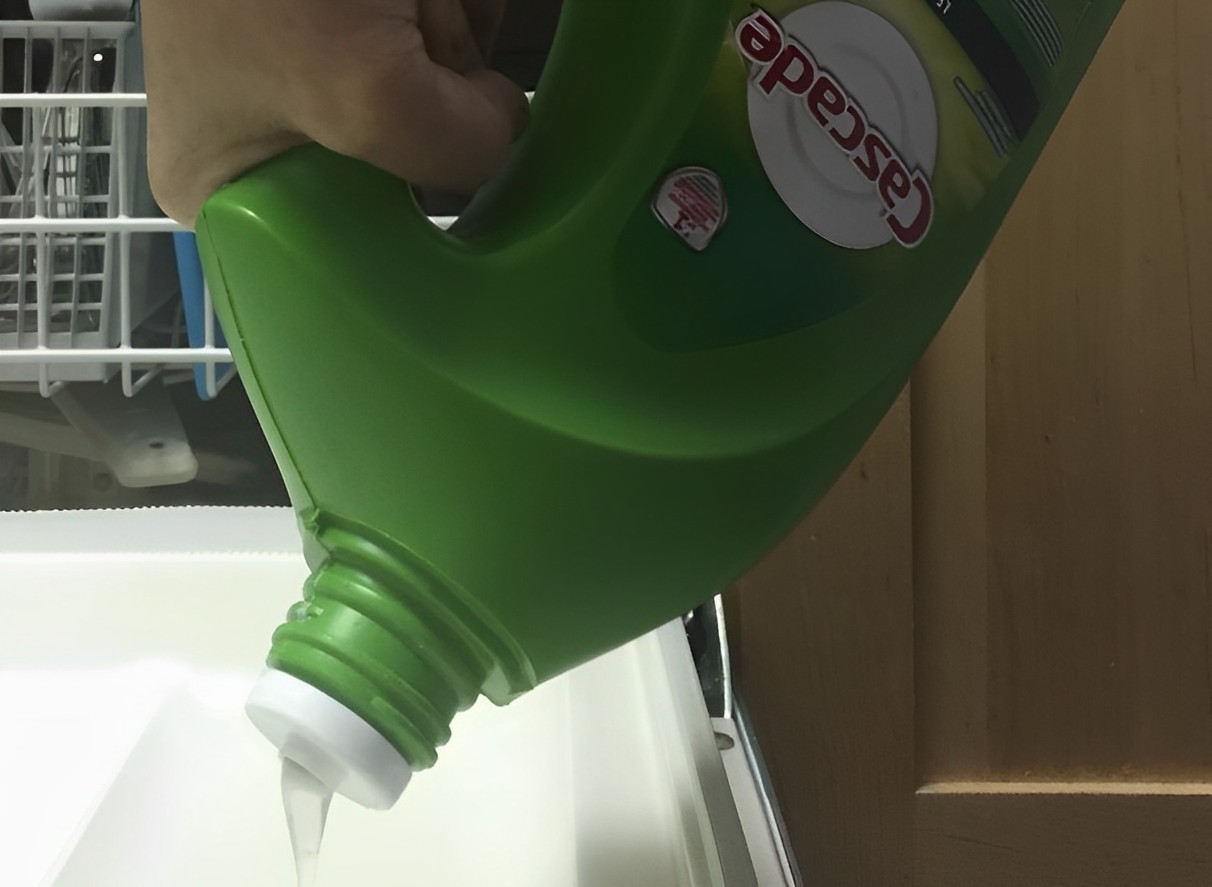


0 thoughts on “How To Use A Dishwasher With Liquid Detergent”